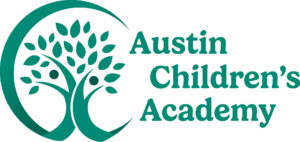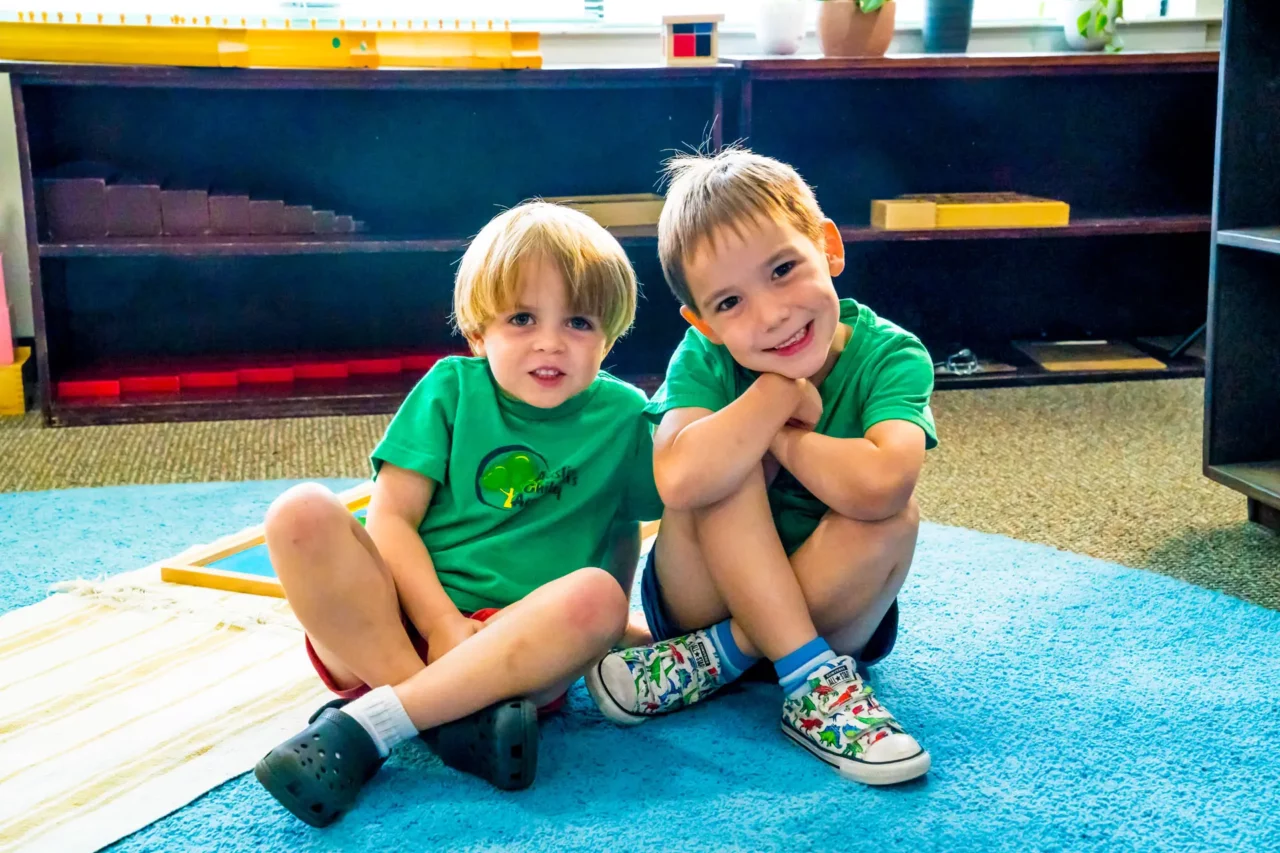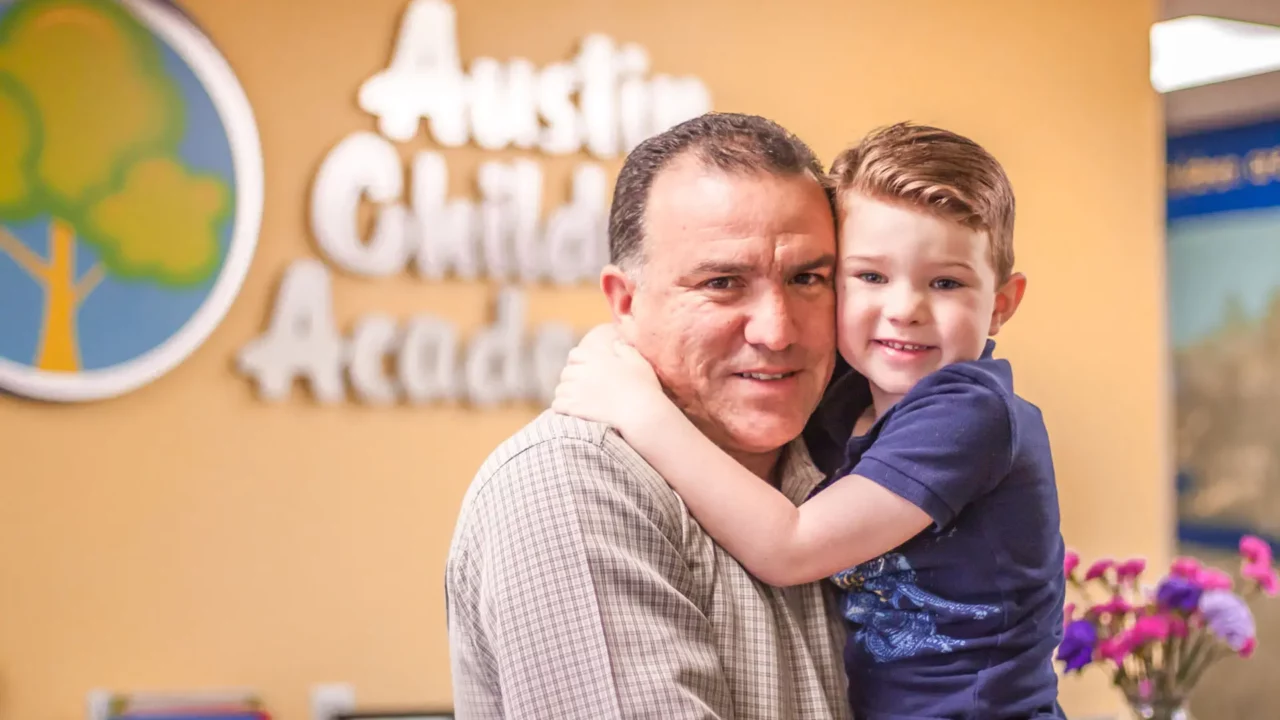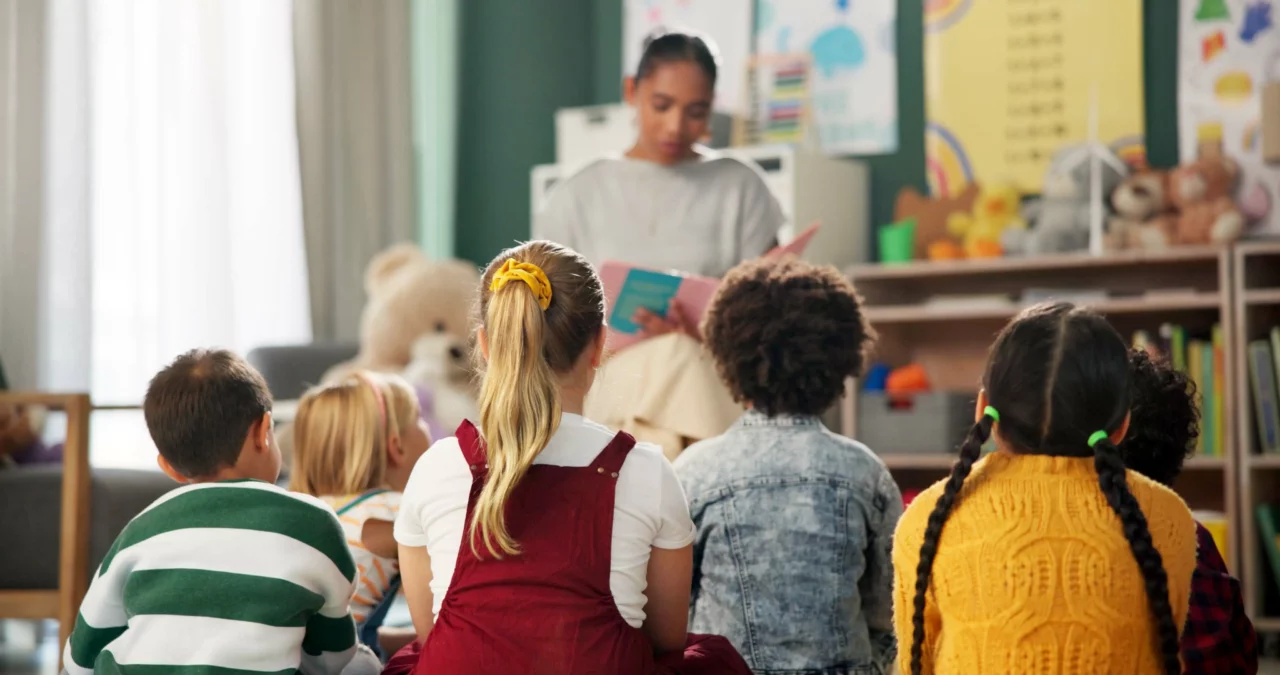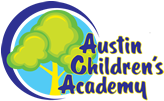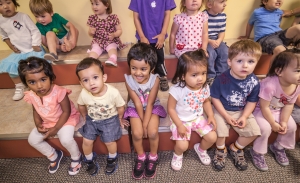
Whether you’re familiar with the various educational philosophies, or have just begun your search into the right school for your child, you probably have heard of The Montessori Method. This century-old philosophy is used in over 4500 schools in the United States. Its focus on developing critical thinking, initiative, independence, and a love of learning in its students has made the Montessori philosophy the darling of many Silicon Valley moguls, including graduates like Google’s Founders, Sergey Brin and Larry Page, and admirers like Steve Wozniak, the co-founder of Apple. The success of the Montessori Method has spread to 20,000 schools worldwide, and continues to spread to this day.
But what, exactly, is the Montessori Method?
The Montessori Method of Education is a child-centered philosophy of learning developed by Dr. Maria Montessori at the turn of the 19th century. The first woman ever to receive a medical degree in Italy, the fearless Dr. Montessori overturned the conventional methods of teaching by experimenting with a new educational strategy she constructed after long observation of Italian students, both in public classrooms and in institutions for the developmentally challenged.
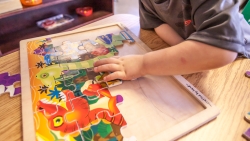
The results were quick, impressive, and stunning, especially to outside observers. The children who were thought to be irredeemable learned quickly. They also became disciplined, focused, independent, and self-motivated. With continuing observation and experimentation over the years, Dr. Maria Montessori tweaked the method that forever revolutionized early childhood education. The lessons she imparted to the world are ever more applicable today.
The simple advantage of the Montessori Method relies on its deep understanding of childhood development. Recognizing how children learn and grow forms the foundation of the philosophy. Montessori Schools harness this knowledge by tailoring the classroom materials, setting, and curriculum to maximize the educational opportunities and achieve specific developmental milestones when the child is most capable, ready, and willing to do so. Montessori-certified teachers call these moments when a child has a deep interest in mastering a skill “sensitive periods.” If provided with the means to tackle a challenge during one of these sensitive periods, they will succeed both swiftly and naturally.
These sensitive periods occur throughout a child’s growth into adulthood. Over the years of her research and scientific observation, Dr. Maria Montessori developed a philosophy that partitioned childhood development into four distinctive “planes.” The Montessori Method’s educational approach to each plane is the same, but the application of the method is different depending on the developmental level.
Here are the four “Planes of Development” of the Montessori Method:
INFANCY (Birth To Six Years)
This is the stage of the “Absorbent Mind,” when children learn from their senses in a way that is effortless and swift. During this plane of development, the “sensitive periods” are very intense. Combined with the dramatic physical changes taking place during these ages, the Infancy Plane of Development marks a tumultuous transition in a child’s life, similar to that of the adolescent phase.
During this early childhood period, kids learn through their highly “Absorbent Mind,” that is, very quickly and effortlessly. During the first three years in this plane of development, such learning is unconscious, driven by sensory experience provided by the parents and caregivers. In the last three years of this plane, children have what the method calls a “conscious” Absorbent Mind, driven by exploration and deliberation. Montessori classrooms for younger children are designed to offer a wide variety of sensory, language, math, and motor skill experiences for the children to explore and absorb.
CHILDHOOD (Six to Twelve Years)
Children in this plane of development have mastered basic communication and social skills and enter a calm, peaceful period of intense curiosity. They no longer learn by absorption but rather by reason, logic, and an imagination in leaps and bounds. The focus of a child of this age turns to peer relations, rules, justice, morals, and ethics. It’s a great time for fairy tales, classroom responsibility, as well as setting up rules and structure.
ADOLESCENCE (Twelve To Eighteen Years)
Due to the great physical and psychological changes that occur during this stormy period of development, adolescents draw away from their parents in a bid for what they want most: Independence. They don’t have a lot of energy and aren’t interested in being forced to learn, although they have the logic and skills to do what must be done. Teaching real-world, practical skills bolsters their need for independence, while they learn to live harmoniously in society.
TRANSITION TO ADULTHOOD (Eighteen To 24 Years)
This fourth plane of development encompasses an age when children become their own individuals and strive to discover where they fit in the world. They focus on talents and academic passions, and finish their quest for independence as they come to accept their parents.
Harnessing this four-plane extended knowledge of childhood development, Montessori schools are set up in ways quite different from standard academic settings in several significant ways.
The Prepared Environment
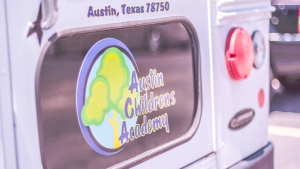
Teacher As Guide
A Montessori-certified teacher does not lecture from the front of the classroom. She is a keen observer of every child. She uses her observations to write up academic and developmental goals for each individual child, which is a series of milestones for the child to reach during his or her classroom time. These are based on developmental expectations as well as the child’s observed pace. Teachers are trained to notice when a student is approaching a “sensitive period” optimal for learning certain concepts. She watches, encourages, and guides, knowing when to stand back and let the student work out a problem, or step in with a suggestion or encouragement.
The standards for Montessori teachers are set by the International Montessori Association, originally founded by Dr. Maria Montessori and her son in the mid-20th century. To be certified, a Montessori teacher has to have already earned a bachelor’s degree, and then take 1-2 years of Montessori Method education, which includes a year as a teacher under observation. Continuing education is also encouraged and required for some certifications.
Multi-Year Classrooms
Each classroom in a Montessori school welcomes children of a range of ages that relate to three-year developmental stages or sub-stages. In each classroom, the older children act as guides and helpers, modeling appropriate social behavior, and strengthening the lessons they’ve learned by occasionally stepping in to help the younger children who are struggling. The younger children strive to model the behavior of their older “siblings,” all while attaining the same developmental goals. This family-style classroom helps promote cooperative play and better socialization of all the children.
Active Learning
Montessori lessons are active and hands-on. Because the children in a Montessori school are encouraged to explore their interests, they get to choose what they do and how they do it. They’re also encouraged to work with their materials for as long as they want, uninterrupted by mandatory schedules they may encounter in a traditional school. By encouraging the child’s interests, and allowing them to dive deep in their ‘play,’ children learn to focus, enjoy, and ultimately master whatever skill they’ve chosen to pursue.
Life Skills
 The primary goal of any educational system is to teach kids the skills they need to find meaningful work after high school or move on to further education. The accomplishment of many of these milestones is measured by results on standardized tests. Montessori schools don’t focus on tests or worksheets or excessive homework, yet multiple research papers have shown that high school students educated in Montessori preschools or grammar schools do measurably better on standardize tests that similar students who didn’t have the same advantage.
The primary goal of any educational system is to teach kids the skills they need to find meaningful work after high school or move on to further education. The accomplishment of many of these milestones is measured by results on standardized tests. Montessori schools don’t focus on tests or worksheets or excessive homework, yet multiple research papers have shown that high school students educated in Montessori preschools or grammar schools do measurably better on standardize tests that similar students who didn’t have the same advantage.
Yet Montessori Schools and the method they promote teach more than just academic success. Harder to quantify, but far more important than learning the Pythagorean Theorem, are the life skills imparted in the Montessori classroom. The basic construct of the educational method is set up for children to develop these important attributes which will help them throughout their lives:
Independence
Montessori students are encouraged from a very young age to explore their environment and the materials within it. Their interests and curiosity is encouraged in the expectation of capturing the magic of the “sensitive periods” of development. Independent learning is the cornerstone of this educational method. Dr. Maria Montessori frequently said that independence is the ultimate goal of all education.
Initiative
Montessori students are not afraid of failure. Many of the educational materials offered in the classroom are self-correcting, so a child doesn’t need an adult to tell them the buttons aren’t fastened correctly on the button-board. They’ll see it themselves, and strive to correct them on their own initiative.
Self-Esteem
A child learns self-esteem when they accomplish a task, especially after multiple bouts of trying. Competence in their own abilities makes them stand a little taller and feel more confident. Since teachers act as observers and guides, and not instructors, the children accomplish their goals on their own.
Social Skills
The family-style setting of a Montessori classroom encourages students to live harmoniously in a community. Older children feel pride when they help their younger peers do the things they couldn’t do when they first entered the classroom. Younger students see older classmates work confidently and calmly and mirror their behavior in the classroom and at school. Students learn the importance of boundaries, of appropriate behavior, of helping one another, of completing tasks important not just for themselves, but for the entire community.
Love of Learning
Perhaps the most important gift for students of a Montessori education is a lifelong love of learning. A student who is encouraged to follow their own burning curiosity, and allowed to explore it until satiation, will likely enjoy the academic setting much more than someone who is told to memorize something rote before he or she is able to, or even wants to. The work of childhood is play, and that may be Dr. Montessori’s most enduring legacy.
Although a century has passed since Dr. Maria Montessori first established her casa dei bambini in the slums of Rome, the Montessori Method has spread to over 20,000 schools worldwide, continuing to prove its relevance in a world that is constantly changing. While standard educational philosophy continues to depend heavily on fill-in-the-blank testing, kill-and-drill lessons, top-down teaching, and canned lessons given in lockstep non-variety, the Montessori Method offers a fresh approach of child-centered, individualized, creative learning through play that just simply works.
